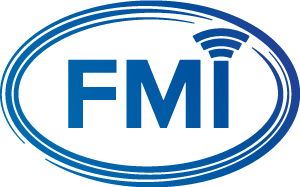Posted on May 28, 2015 Diesel News
New safety technology has been deployed at Asciano worksites and resulted in major improvements in safety outcomes. The system, known as Hit-Not is a mobile plant proximity detection device which prevents people being struck by mobile plant or its load by using an audible and visual warning system which alerts both the mobile plant operator and workers to each other’s presence when a defined exclusion zone is breached.
“When we can combine our focus on safety with the need to keep improving our business, whether through better processes, new technology or other new ideas, we believe we have the best of both worlds,” said a statement from Asciano. “It’s this environment that ensures we keep delivering the best possible service to our customers.”
The system has been deployed in Asciano’s Victorian Logistics operation where for the past year it has been successfully trialled. It has proved to significantly reduce the risks posed by the interface between people and mobile plant such as fork lifts and reach stacker equipment in operational areas.
The company regards this system as going a step beyond the current administrative safety procedures such as training and high-viz work wear to reduce the risk in these situations. Tony Murray, Project Leader points to the way the Hit-Not works when a blind spot, such as a stack of containers or the corner of a wall, means people and plant are invisible to one another.
“This is because the technology uses a low frequency magnetic field, which cuts through blind spots such as stacks of containers being in the way,” said Murray
The technology features a two-way alarm system. The mobile plant operator’s cabin is fitted with a Hit-Not device, and a personal device about the size of a mobile phone can be worn by workers operating in or around the danger zone. This can be worn in multiple ways, whether around the neck on a lanyard, fitted on to a belt, attached with Velcro, and so on.
Murray says this technology is proving to be an important complement to existing workplace procedures and has the potential to be rolled out across several other of Asciano’s businesses.
“Good procedures, training and proper high-viz wear are still critical but they are simply not as effective as implementing an engineering-type of control such as this,” said Murray. “The more we have these sorts of controls in place, the safer the workplace.”

